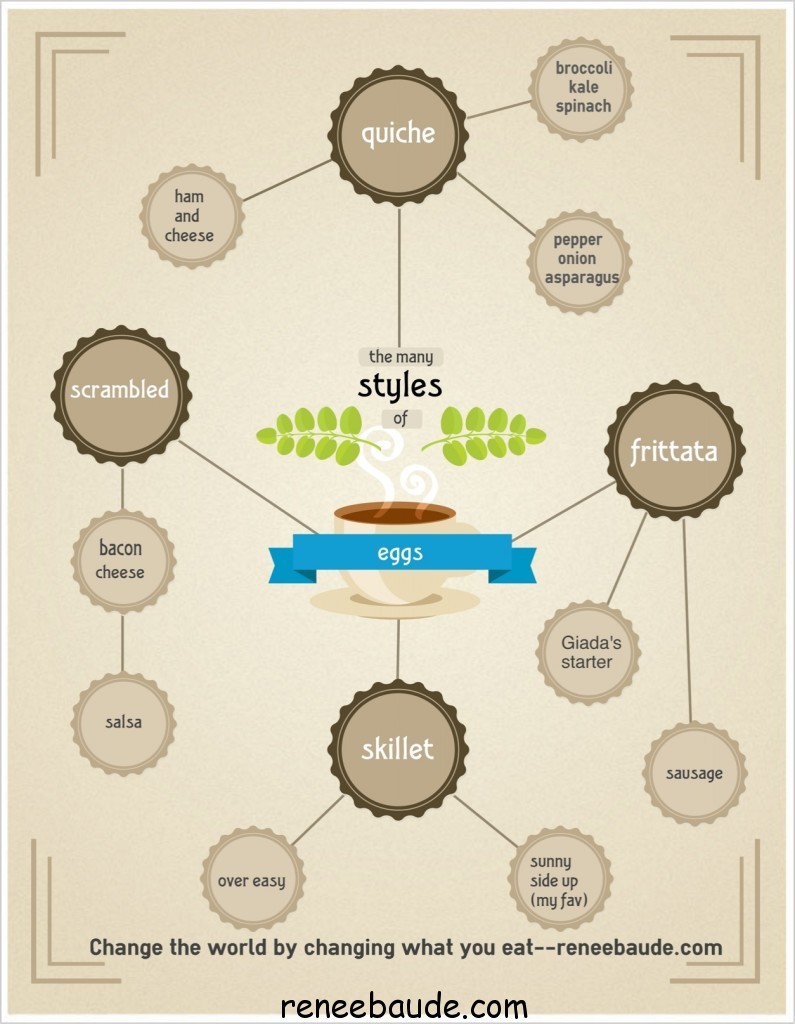Pasta with Red Sauce (Loaves and Fishes Cookbook)
October 2013 Meal
I made this recipe for my family last week! We are 6 (but my son eats enough for 2!) –we had dinner twice and I gave a meal to a friend and froze the rest of the red sauce down–so if you do Once a Month Cooking–this would be a good recipe to make and freeze.
Red Sauce (make 2 gallons)
makes 1 gallon=16 cups=32 1/2 cup servings
We need two gallons of red sauce to feed 50–I would rather have too much than not enough.
Ingredients:
3 lbs of ground beef
2 cups of diced onions
2 cups of diced peppers
1 head of garlic minced (that is about 6-8 cloves)
8 25 oz jars of red sauce
Brown the ground beef with the onions, peppers and garlic.
Add 8 jars of store-bought red sauce. Of course I try to buy organic :-) but make sure that you are buying 25 oz per jar–I’ve noticed that some jars only have 23 and when you are making a big batch like this 2 oz multiplied by 8 is 2 servings!
I let the red sauce simmer in a huge pan to let the flavors meld.
Pasta
I cooked up regular spaghetti and farfalle pasta to determine to see if there was a difference in how much it “grew” in the cooking process. I discovered that the yield is the same BUT the ease of serving is much better with the smaller pasta.
Making it for your own home:
For my family I add 2 cups of carrots and 2 cups of celery. I use Laura’s ground beef, organic carrots, onions, peppers and celery–most prices are fairly close. The ground beef is more expensive BUT I feel, at this time, it is the best choice–I’m doing more research of factory farming. Most of my family eats a plant based diet so the cost of meat is less of an issue for us. I can stay on budget while eating really good, healthy food grown without chemicals and pesticides.
I might use fettuccine or spaghetti for this recipe because in my house I’m not that concerned about serving size. I know if I cook a pound of pasta we will eat it!
Be Blessed as you prepare food for your family, a gathering of friends or a homeless shelter.









